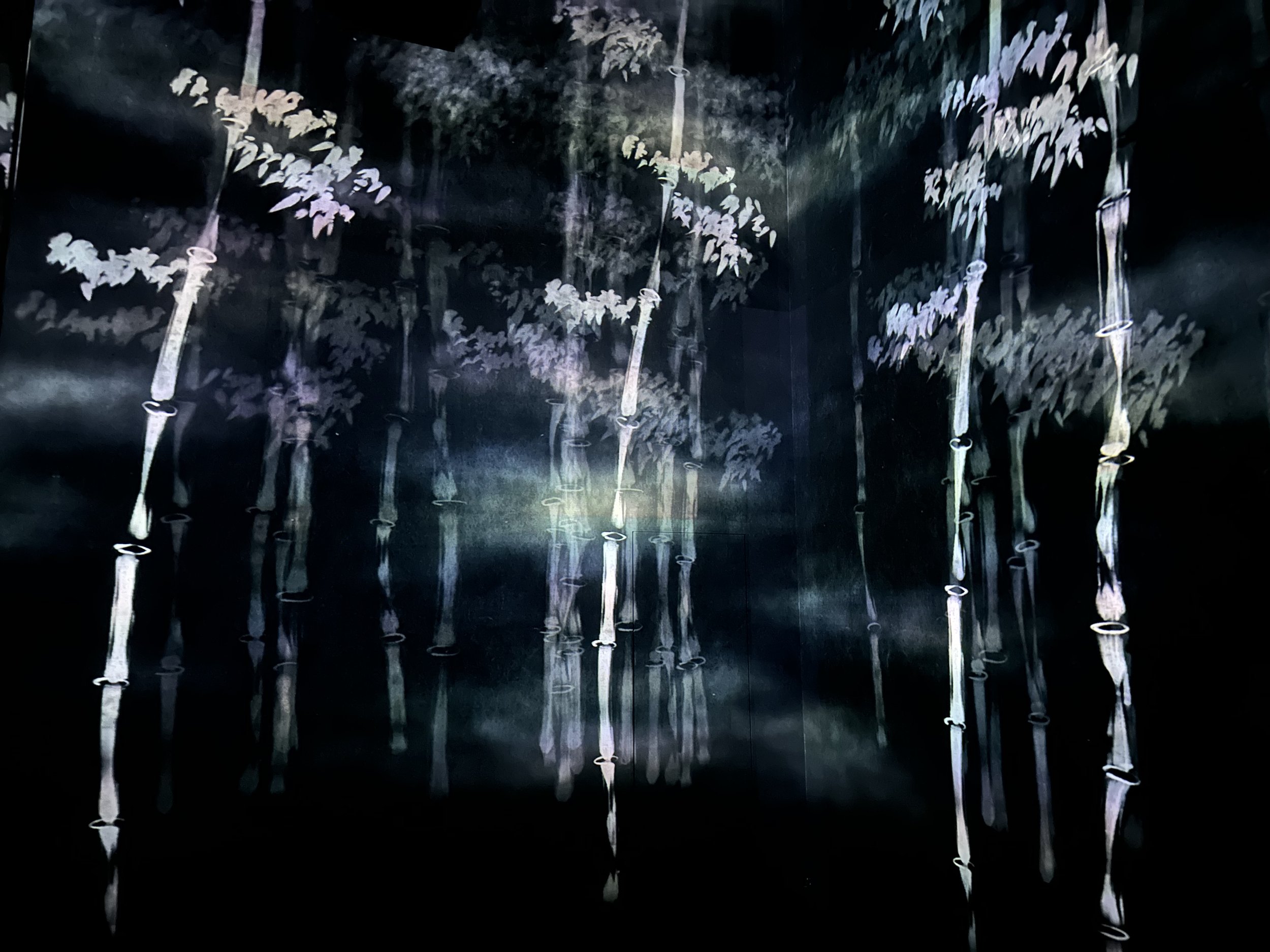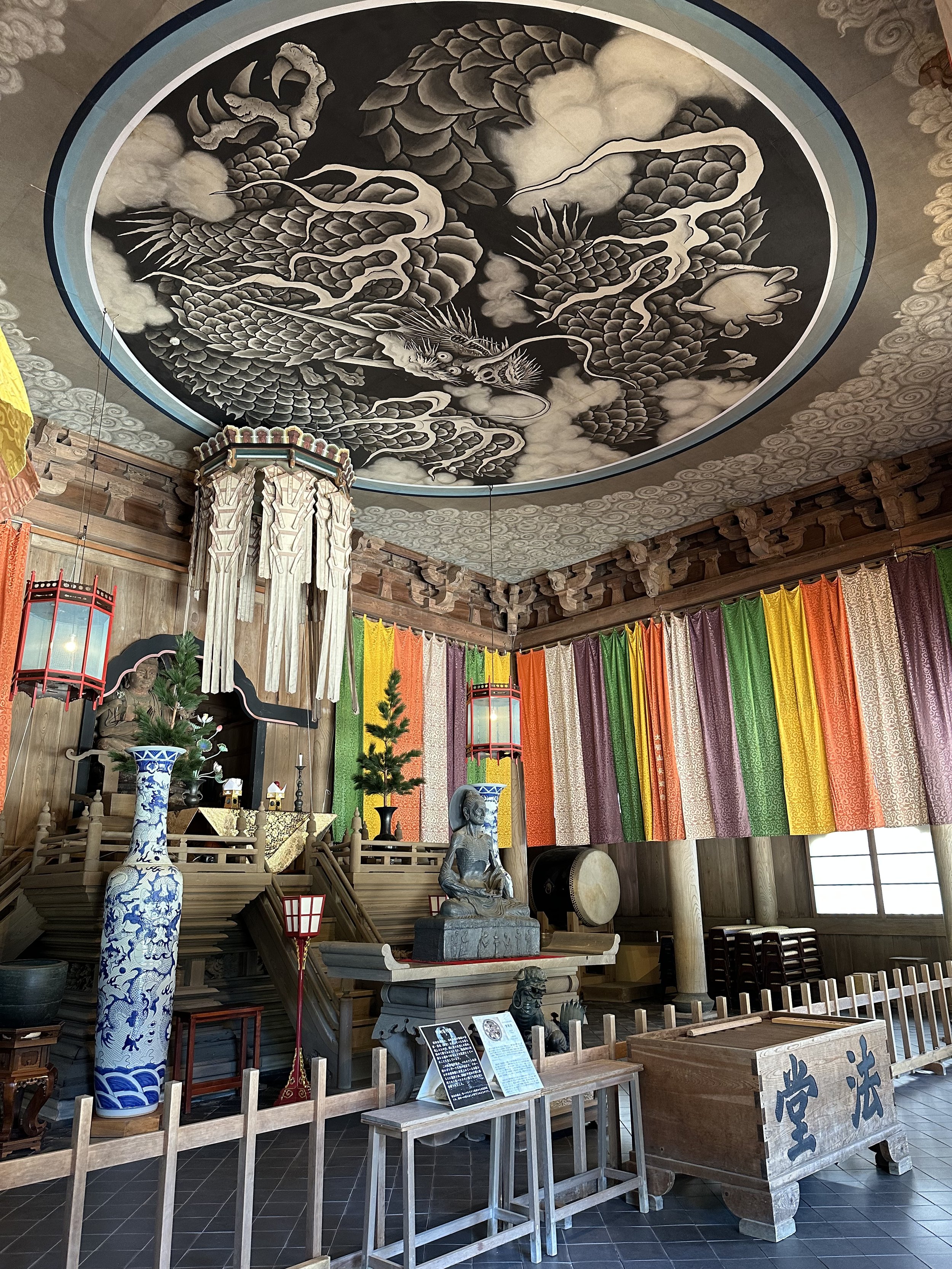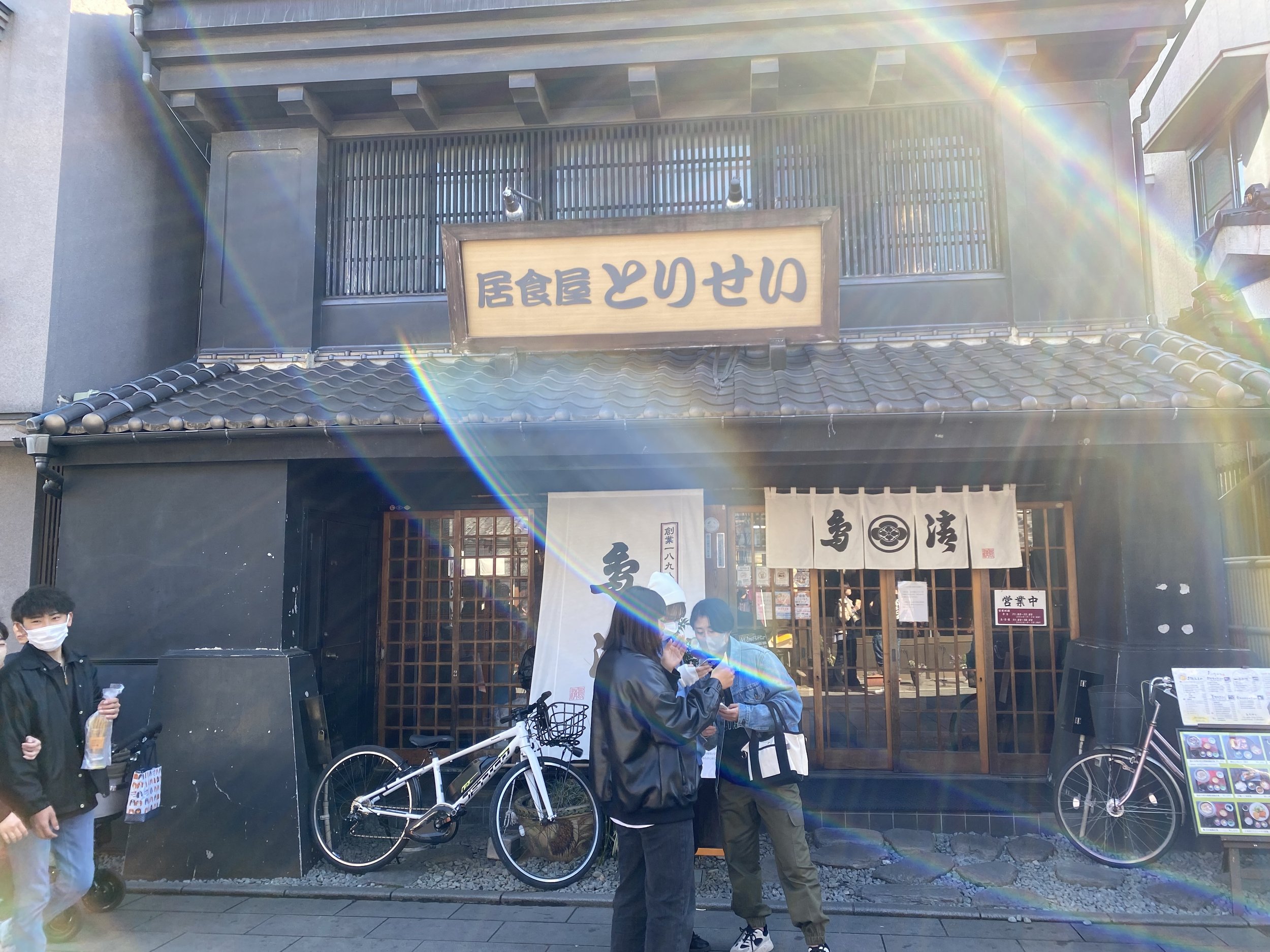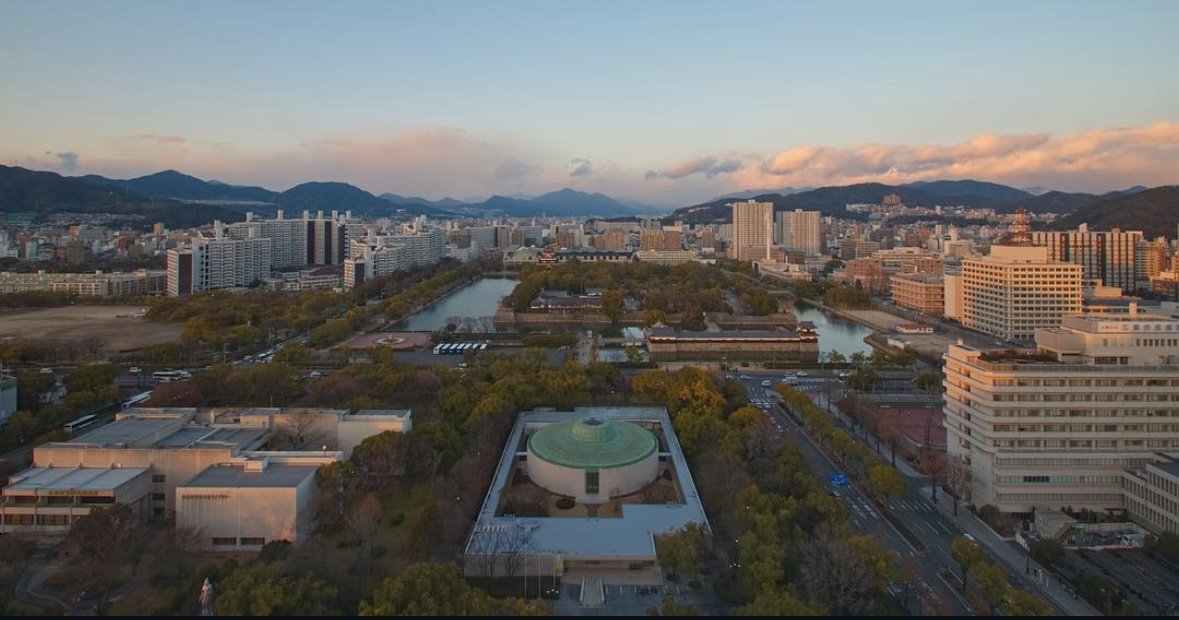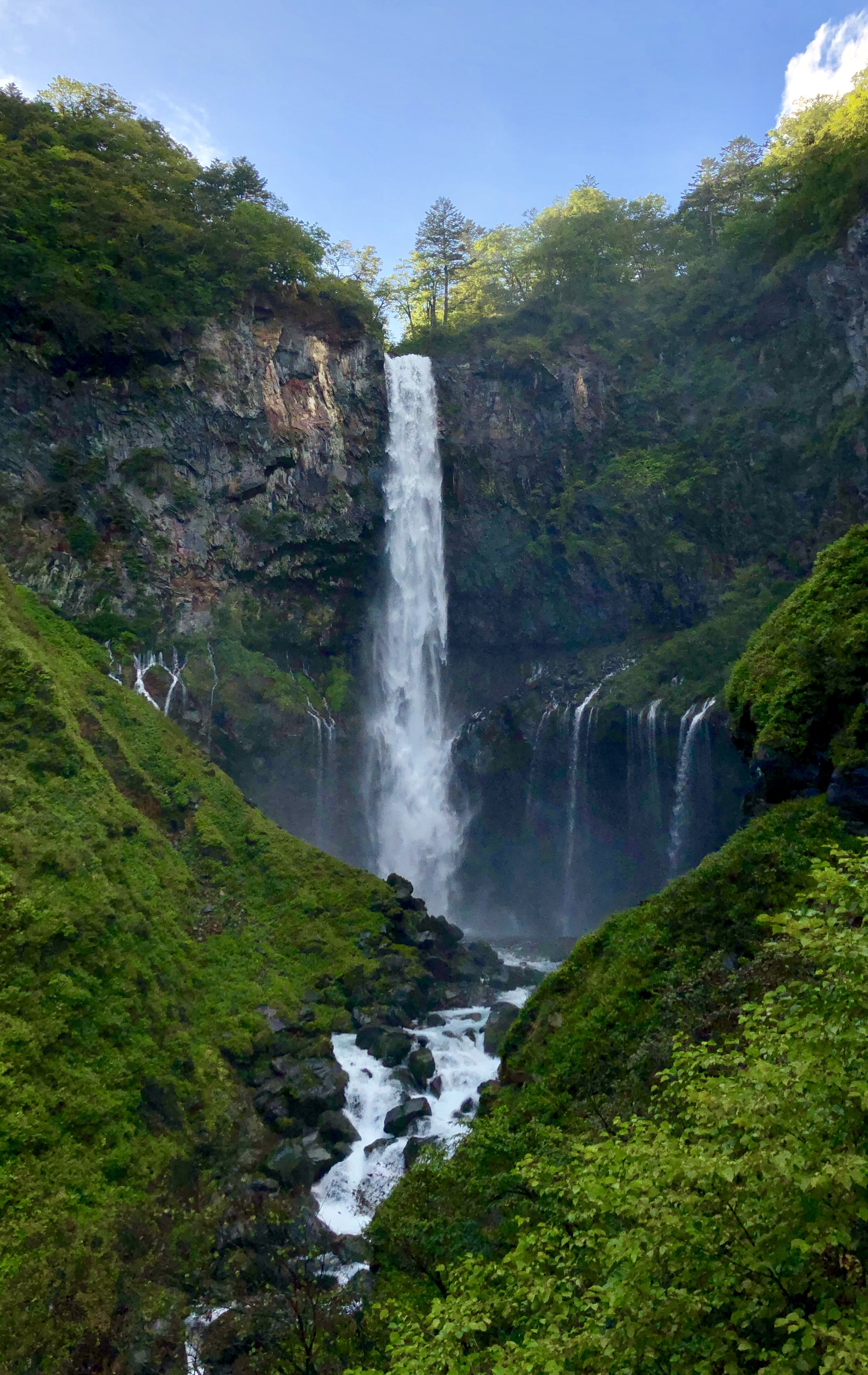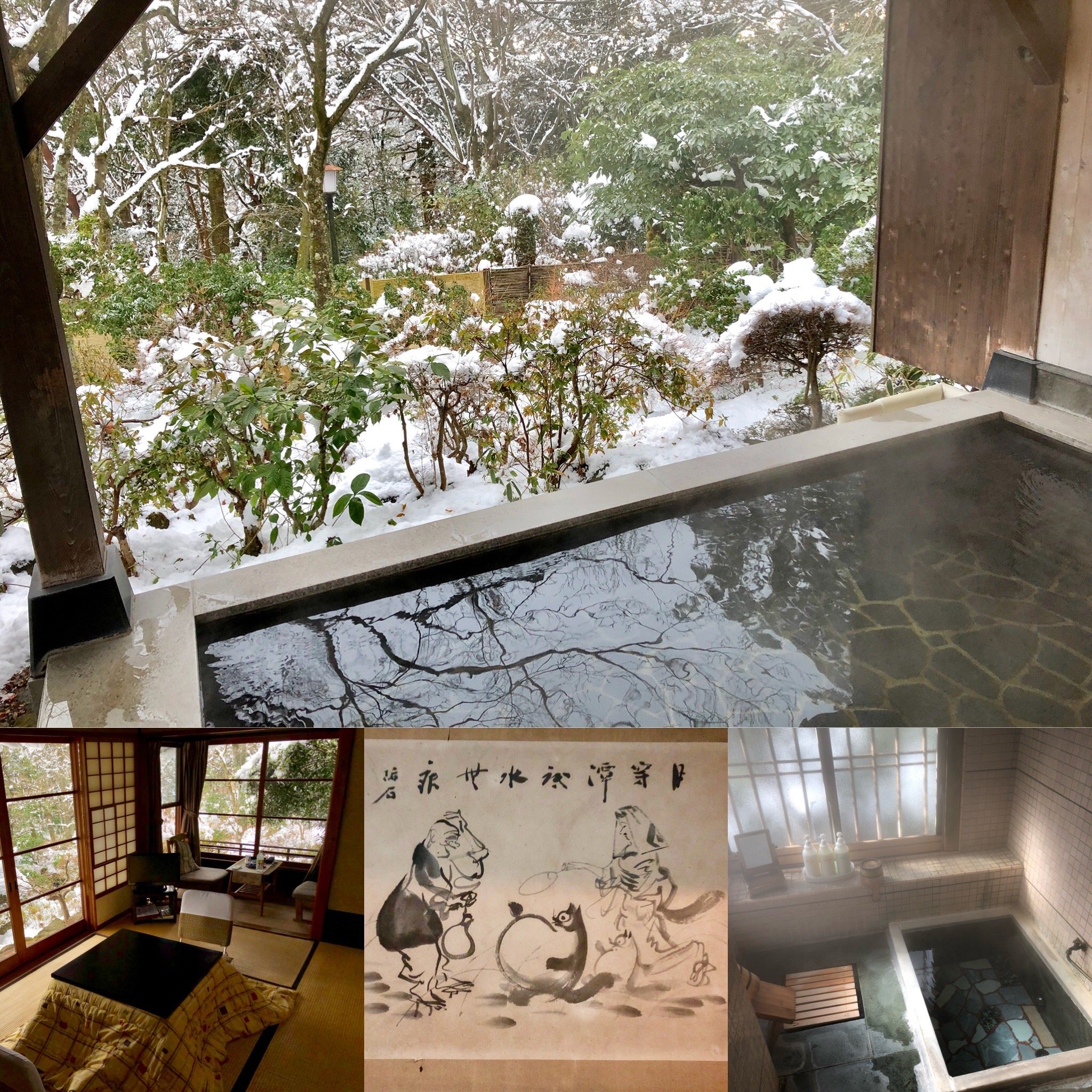Overview
IC cards / train tickets
- IC cards can be used for the subway, buses, convenience stores, some vending machines, etc. Very handy.
- August 2024 note: Due to a microchip shortage, physical cards may be very hard to come by in Tokyo. Some people have had success at the airport. We were able to get an ICOCA card easily in Kyoto (which can be used in Tokyo). If you have an Android phone, your only option will be a physical card. Without an IC card, you’ll have to buy individual train tickets and pay attention to which companies operate which lines (or pay a fee at the gate attendant when your ticket doesn’t let you out). Big pain.
- Suica, Pasmo, and ICOCA are 3 types of IC cards, all of which can be added to Apple Wallet. Enable the setting that lets it scan without being open so you literally just scan your phone as you walk through.
- I have problems adding funds to my Suica card with my Chase Visa but AmEx worked fine (be sure to use a card with no foreign transaction fee).
Handy apps
- Google Maps is your best friend, it will tell you which platforms to get on. Downloading an offline version is an option but I haven’t had to use it offline (see wi-fi).
- Google Translate may be your next best friend; English is not commonly spoken outside of major hotels. Download offline translation.
Phone plan / Wi-Fi
- Even if you have a good international plan (my carrier’s “fast” data is slow in Japan), you can rent a Pocket Wi-Fi for cheap. They can even mail it to your hotel with an envelope for you to send it back when you're done. Ninja Wi-Fi is the one I use; I pick it up at Haneda when I arrive and drop off when I depart.
General tips
- Do not eat or use your phone while walking.
- Talk quietly when on the subway; use headphones.
- If wearing a backpack on the subway, hold it at your feet or wear it on the front so as to take up less space. PLEASE.
- Pay attention to which side of the escalators people stand on vs walk. It’s different than the US in Tokyo, but I think it varies in Kyoto.
- Do not stick your chopsticks upright in your rice; funeral custom.
- There is no need to (as in, do not) tip.
Miscellaneous
- Unless you have an airline preference, I find it much easier (closer) to fly into Haneda (Delta) vs Narita (JAL / AA).
- It's changed more recently but I would bring Japanese yen and plan to have coins (the very rough / conservative equivalent of US$1 is a 100 yen coin and there are 500 yen coins). More for vending machines!
- Garbage cans are not common; get a plastic bag from a convenience store, keep it with you and throw trash away at your hotel or in a train station.
- Luggage forwarding is super easy and better than hauling luggage on the train! Ask your hotel about how much time is needed and be sure your next destination can receive it.
Ryokans (traditional Japanese inns)
- If within your budget, stay in a ryokan for 1 night (at most 2)... Kyoto is great for this or if you make it to Hakone... nicer ones I've stayed in were as much as $400-500 per person per night.
- I've only stayed in 3 ryokans, but very little English was spoken... have Google Translate ready.
Handy phrases
- A-ri-ga-to = Thank You (think of a soft R, between L and R)
- Su-mi-ma-sen = Excuse me, sorry (my most often used)
- Kon-ni-chi-wa = Hello, can be used all times of day
- I-ta-da-ki-mas(u) = Said before eating (u is basically silent)
- Go-chi-so-sama-deshita = Said after eating
First Timers’ Itinerary
(minimum days recommendation, see each location’s page for specifics)
Tokyo
3 days
Tokyo's subway is very convenient but it's best to plan for specific districts so that you don't spend time running back and forth.
1 day (west side, south to north): Shibuya, Harajuku, Shinjuku
1 day (east side, north to south): Asakusa, Tokyo Station, Ginza... Akihabara if you're into video games, manga, TCGs. Tokyo Tower is nice but I would prioritize Tokyo Skytree (15 min walk from Asakusa).
1 day (a bit all over the place, but some options): Aoyama and Roppongi for shopping / museums / TeamLabs Borderless, Naka-Meguro is where the Starbucks Roastery is.
Kyoto
1 day travel + 2 days
If you have time (3.5 hours) and it's within your budget (US$150 or so per person, one way), I highly recommend taking the bullet train one way.
If going from Tokyo, reserve your seat on the right side of the train so you can have a nice view of Mt. Fuji if the weather is clear.
Buy ekiben (bentos to eat on the train) at the bullet train stations! Inexpensive and decent quality; just fun in my opinion!
Last I checked, flights within Japan were fairly cheap and that may save you a little bit of time?
More spread out than Tokyo, have Google Maps and cash for cabs.
Osaka
1 day
Close enough to Kyoto you could stay in Kyoto (~40 min by local train) and make a day trip. Or vice versa. Osaka may be cheaper.
Kobe
1 day
Definitely a judgment call; not far from Osaka. A good experience but wouldn't make it a priority to visit (small, walkable).
Daytrips from Tokyo / Other potential destinations
Daytrip
Kamakura
Kencho-ji
Known for the giant Buddha statue, lots of temples and walking (really good curry!).
Daytrip
Kawagoe
Torisei
A little over 1.5 hours by train, smaller town. Older, more traditional vibe.
Daytrip
Yokohama
Akarenga Park
Don’t need a full day as it’s closer. Cup O Noodles museum (also in Osaka).
2.5 days
Hiroshima
Hiroshima Museum of Art & Hiroshima Castle
A smaller city. If you have the time and money and may not go back to Japan, it might be worth a trip.
Miyajima was a fun day trip; ferry to a quiet island, scenic, temples, walking.
Nikko
2.5 days
2 days includes travel back and forth, lots more nature and temples. I went in September and it was still hot and humid, but enjoyable.
Kegon Waterfall
Hakone
2.5 days
Gora Kansuirou
Best to visit in winter and stay in a ryokan (hot springs!). Bit of an adventure to get there but may be do-able in 1.5 days... maybe.
